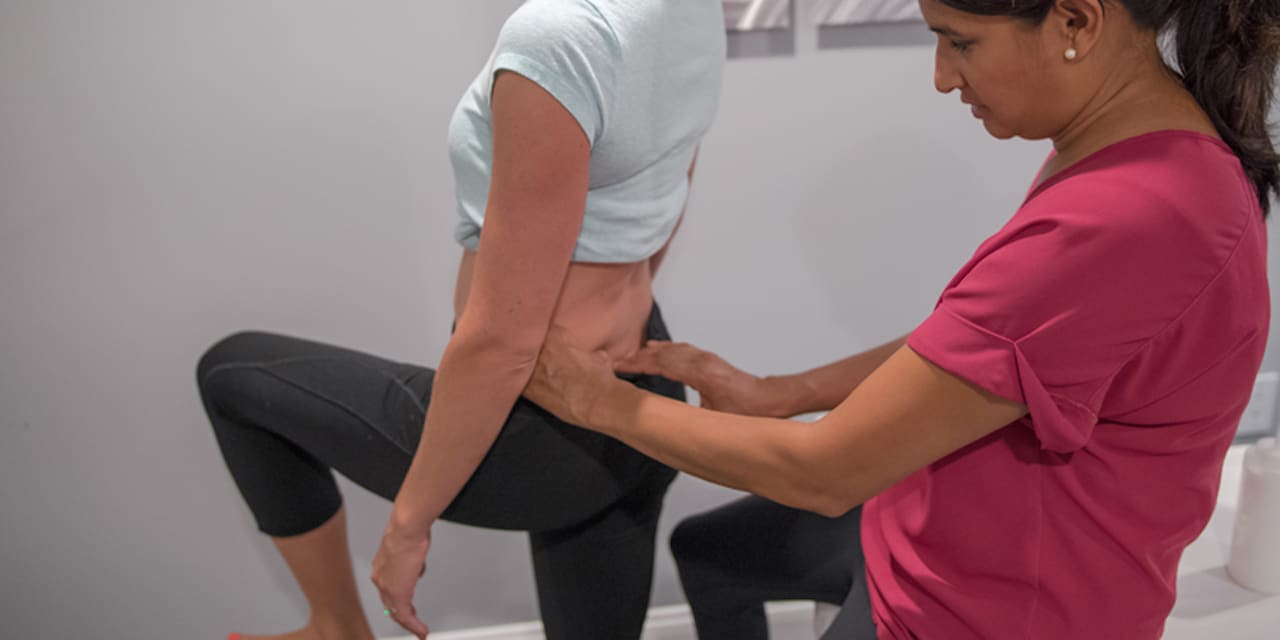
Sacroiliac Joint Dysfunction is not usually associated with the pelvic floor. However, the relationship between the two dysfunctions is closer than most people realize. Pelvic Floor Dysfunction often plays a role, either direct or indirectly in Sacroiliac Joint Dysfunction.
The Sacroiliac Joints are formed by the connection of the sacrum (the triangular-shaped bone of the lower spine) and the right and left iliac bones (aka your hip bones) Sacroiliac Joint Dysfunction develops either from the joint “locking up” or being too unstable. It can be caused by bad posture, pregnancy, injuries or falls.
Some of the symptoms of Sacroiliac Joint Dysfunction include:
The iliac bones that connect to the sacrum meet in the front of the pelvis to form the pubic symphysis. The pelvic floor muscles attach to the pubic symphysis and the tailbone, which is attached to the bottom of the sacrum.
Because the pelvic floor muscles are connected to all three bones of the pelvis on the inside, any issues of weakness or tightness in the pelvic floor will affect the alignment of all three of these bones. Sacroiliac Joint Dysfunction could either be a symptom of a cause of Pelvic Floor Dysfunction.
Any type of imbalance of the muscles of the pelvic floor can cause pain. If the muscles are not balanced, the tighter muscles will pull the pelvis out of alignment, which can change the alignment of the Sacroiliac Joint, creating friction and restricting its movement. The imbalanced muscles can also lead to myofascial restrictions and trigger points within the muscles, creating additional pain.
It’s important to work with a holistic pelvic floor physical therapist to treat the alignment of the whole body, not just one piece of the puzzle. At Rebalance, we balance all the musculature to reduce muscle tension and myofascial restrictions to settle the pelvis into better alignment. After the pelvis is well-aligned, we retrain the muscles in a particular sequence so that they’re all firing correctly.
Experiencing SI-Joint Dysfunction? Click here to schedule a complimentary phone consultation with one of our physical therapists.
In-Person and Online Consultations


